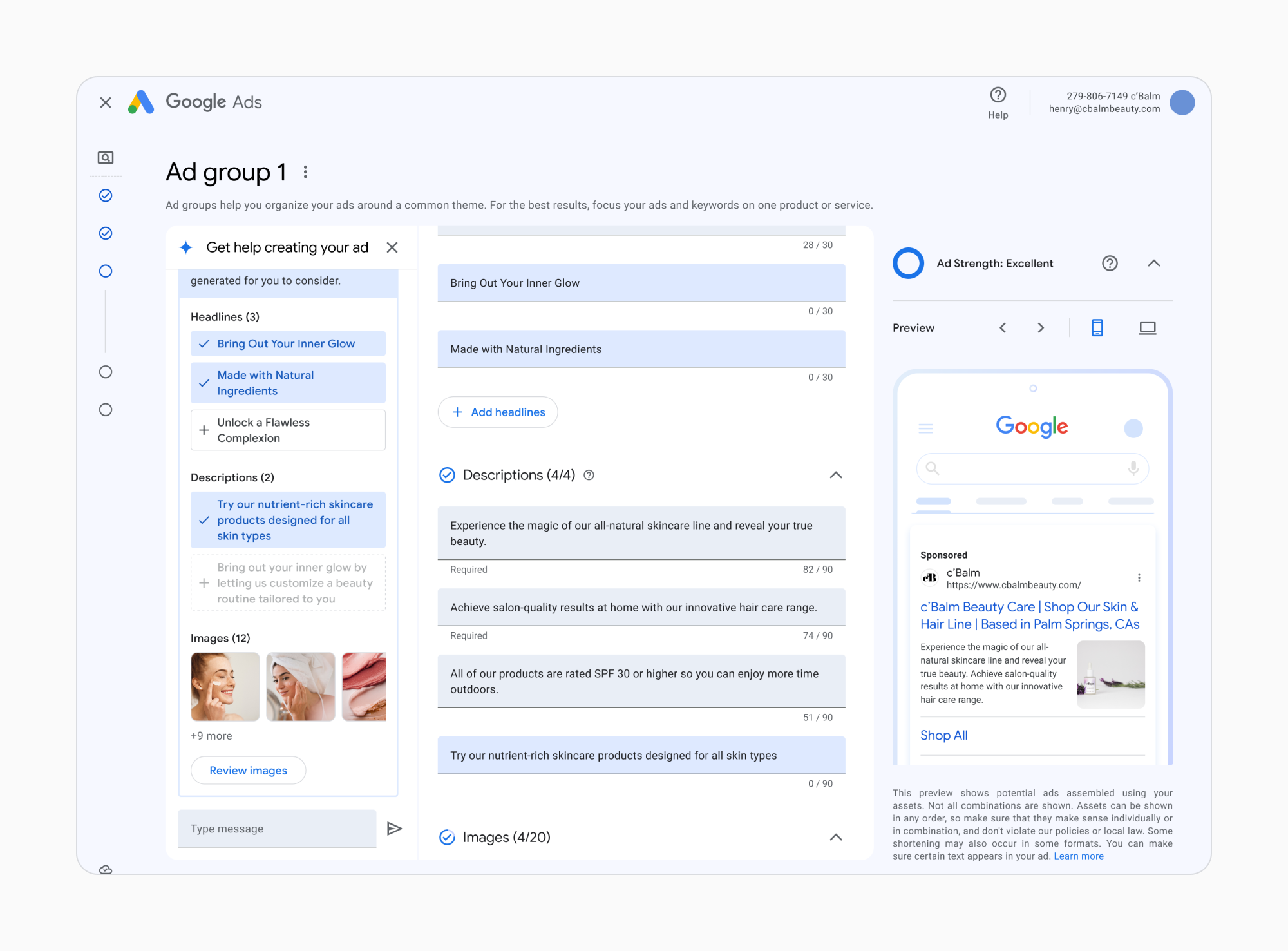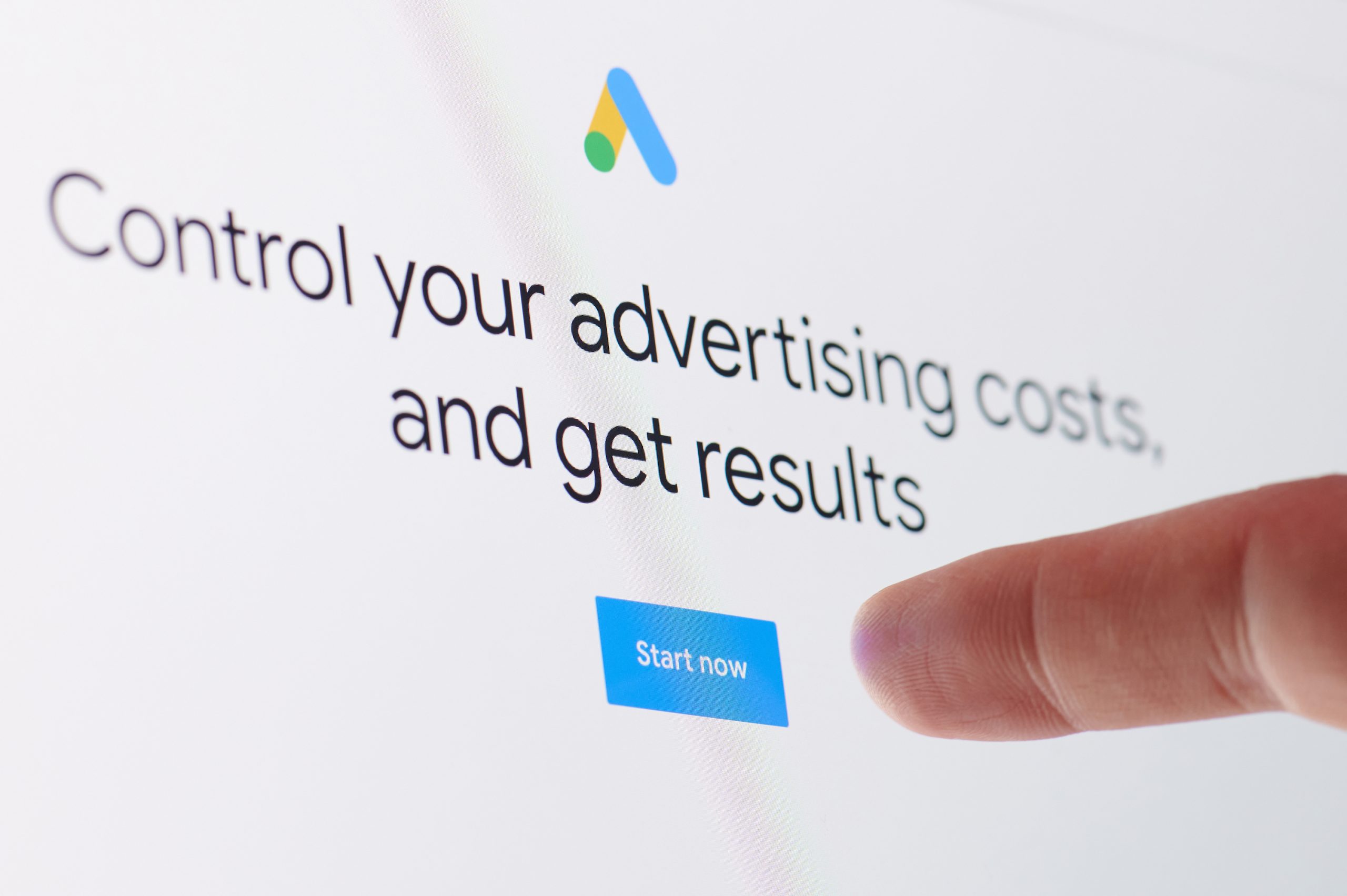Google shared the latest updates to Google Ads’ automatically created assets and conversational experience to help more users leverage artificial intelligence (AI) to improve ad campaign efficiency.
The latest features focus on automatically created assets and a new conversational experience, marking a step toward automating the advertising workflow.
Expansion Of Automatically Created Assets
One of the most notable enhancements is the expansion of automatically created assets.
This feature automatically crafts tailored headlines and descriptions based on an ad’s specific context, such as its landing page or pre-existing ads.
The goal is to bolster the “Ad Strength” indicator, which quantifies the effectiveness of ads in responsive search campaigns. Marketers can remove any automatically created assets they deem unfit for their campaigns.
Initially available only in English, this feature has now been expanded to include seven additional languages: Dutch, French, German, Italian, Japanese, Portuguese, and Spanish.
To use automatically created assets, activate them through your campaign settings or locate the “Enable automatically created assets” suggestion on the Recommendations page.
Google will also add generative AI to create English assets for U.S. and U.K. advertisers, tailoring them more closely to user search queries.
Beta Testing For LLM-Powered Conversational Experience
Another development is the conversational experience powered by large language models (LLMs).
This feature allows advertisers to have a “natural language conversation” with Google Ads to generate campaign elements such as keywords, headlines, and images.
With beta testing underway in the U.S. and U.K. (English only), Google has received positive feedback for saving time and sparking new ideas for advertisers.
 Screenshot from Google, September 2023
Screenshot from Google, September 2023Based on initial feedback, Google plans to refine these tools further and will roll out additional improvements to more advertisers in the coming months.
Google Continues Implementing Generative AI
The latest generative AI features coming to Google Ads aim to mitigate the complexities of modern digital advertising by providing a more automated and efficient workflow.
These new tools should help advertisers efficiently navigate shifting consumer behaviors and the ongoing need for more personalized and effective advertising strategies.
In an increasingly automated landscape, Google’s AI-powered updates to its Ads platform offer tools that could significantly streamline the ad creation and deployment process, making it more efficient and targeted.
Featured image: PixieMe/Shutterstock
